WOODTURNING
'갈이질'(Gal-e-jil)
Gal-e-jil also called moksunban is a wood turning technique that involves the carving of
rotating timber. It was used to make everyday objects such as water jars, pots, and canisters. In the
very beginning, the craft was practiced with two people – one person would manually rotate a tool, where
the wood is being held, and the other would carve the timber simultaneously. Later on, by developing a
pedal for rotation, one craftsman could rotate the wood by pedalling the tool, thereby being able to
carve wood more freely.
The craft form dates back to the 1st century AD and has been continuing for about 2000 years. It was a widely popular and useful technique that was loved by the Korean people. By being able to control the rotation’s speed, craftsmen were able to achieve finer silhouettes and forms of objects. However, with western machinery being introduced to Korea to carve wood, it has become a dying craft, only practiced and continued by a few artisans in a city like Namwon, a place known for traditional woodwork.
The craft form dates back to the 1st century AD and has been continuing for about 2000 years. It was a widely popular and useful technique that was loved by the Korean people. By being able to control the rotation’s speed, craftsmen were able to achieve finer silhouettes and forms of objects. However, with western machinery being introduced to Korea to carve wood, it has become a dying craft, only practiced and continued by a few artisans in a city like Namwon, a place known for traditional woodwork.
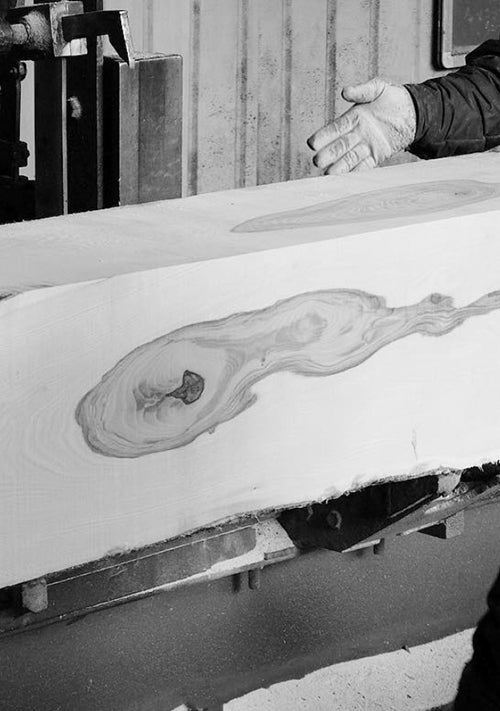
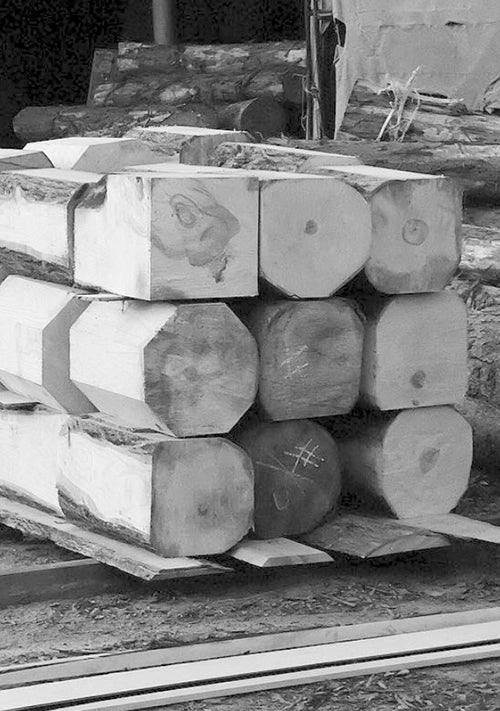
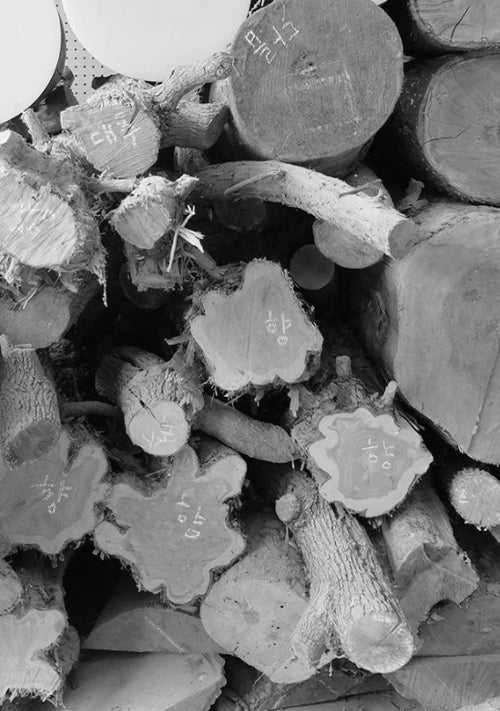
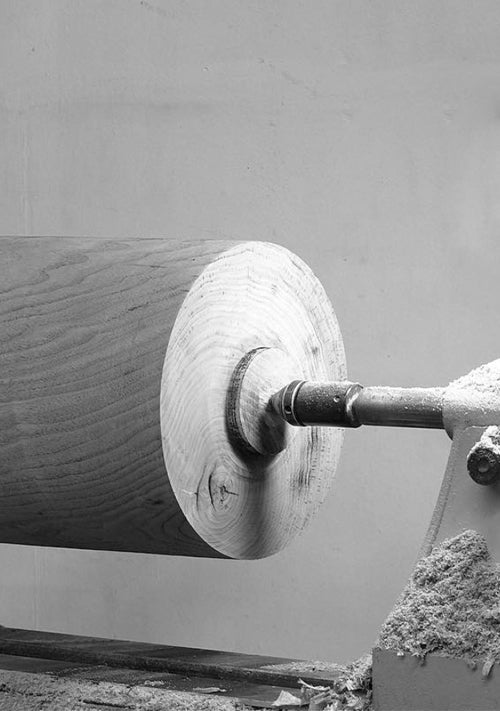




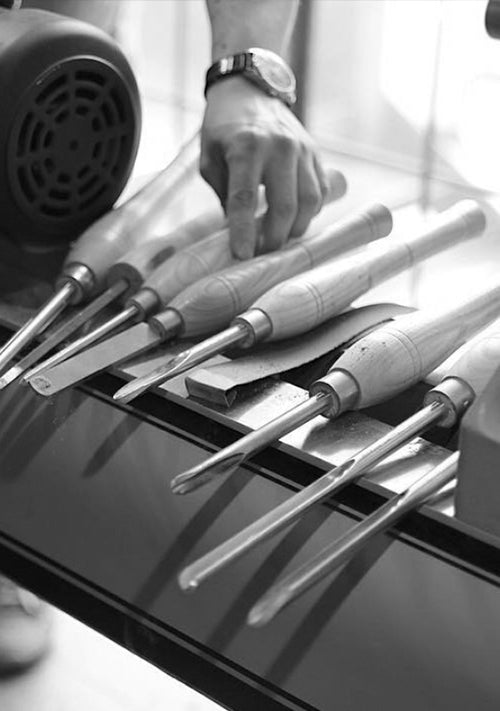
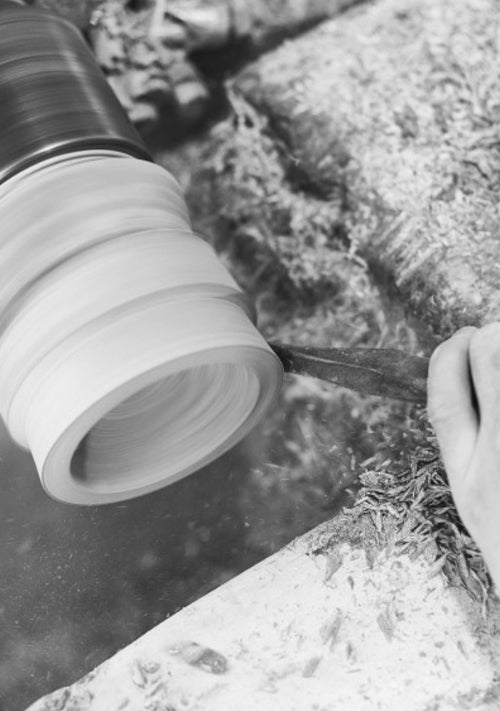
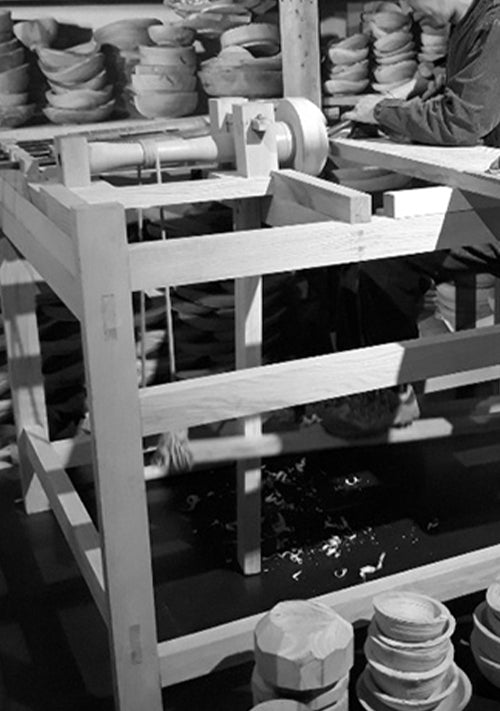





© Images provided by
– Jungjoo Im
– Cultural
Heritage Administration